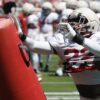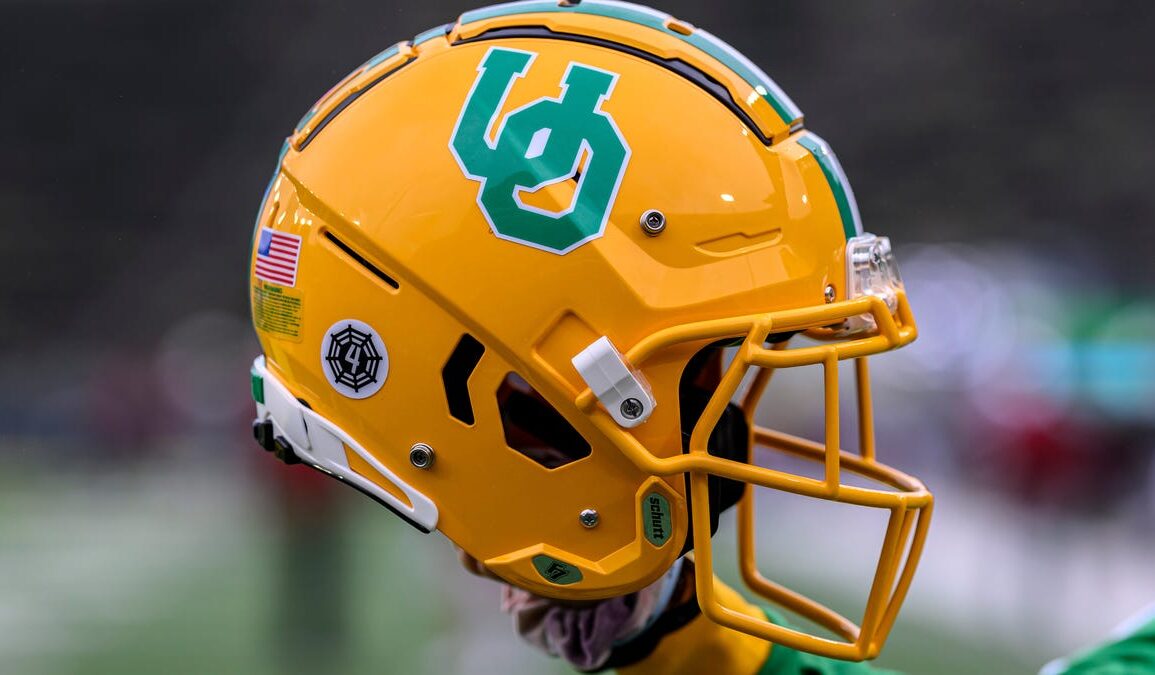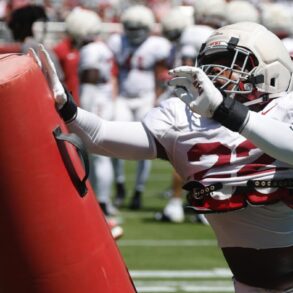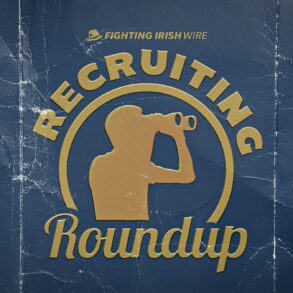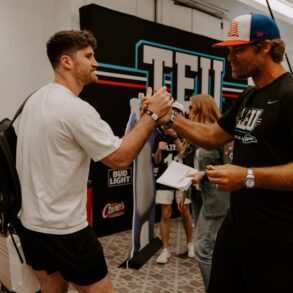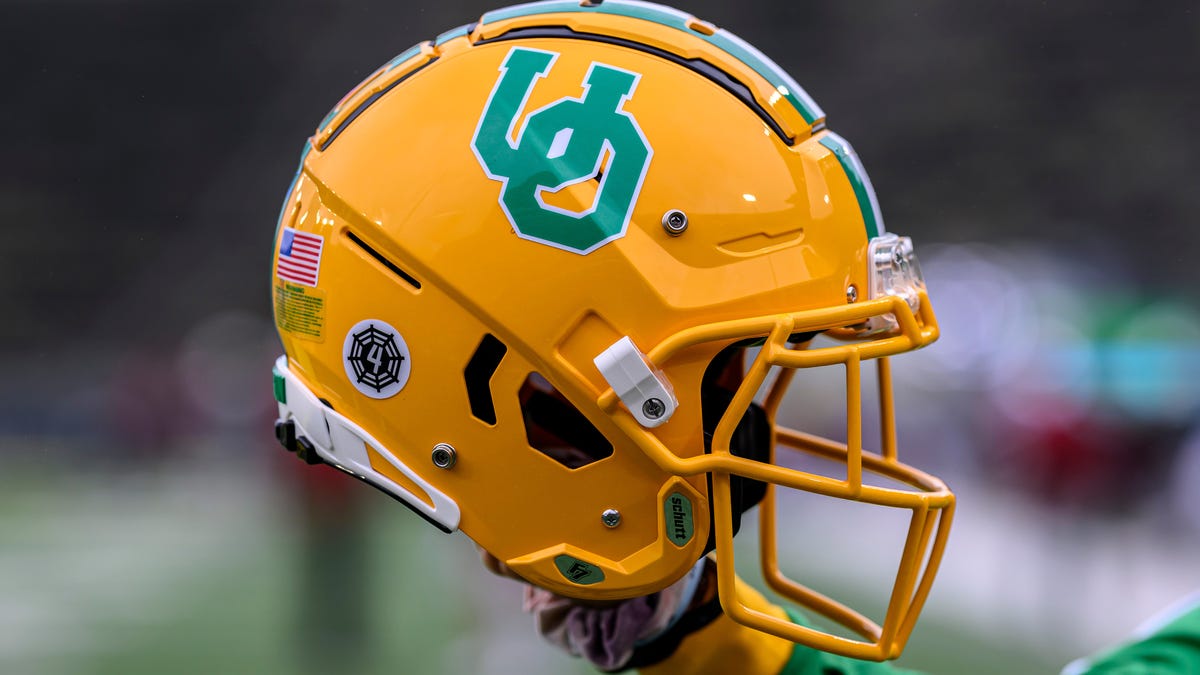
Last week, the world of college athletics marked a milestone moment as a federal judge approved a settlement of three antitrust cases against the NCAA and the Power Five conferences related to athlete compensation.
In short, the ruling opens the door for schools to directly pay players, differing from the collective-based model that has gained prominence over the last several years. This ruling is a further domino effect of the initial NIL rulings in 2021, which finally allowed athletes to profit from their name, image, and likeness. As part of the ruling, current and former college athletes dating back to 2016 will receive a portion of $2.8 billion in back pay.
As a result of this, the ruling will lead to several changes entering the 2025 college football season. First, schools may directly pay their players roughly $20–$22 million per year in revenue in addition to the money they earn from outside sources. This is the first step toward college sports becoming a professional entity where players enter into employment contracts with each program.
Additionally, the current athletic scholarship model is also going to be upended. In its place, schools will enact strict roster limits under the new revenue-sharing model, which won’t be enforced for the next few years to avoid kicking thousands of athletes off their current teams.
The settlement will also establish a newly formed College Sports Commission, which will be responsible for enforcing the sport’s new rules and structure. This initiative will be run by the power conferences rather than the NCAA as we continue to shift away from the governing body of college athletics.
As with any legal matter as complex as this one, there are more details if you care to dive in, but in general, those are the most pressing changes. Now it’s time to answer a question that everyone reading this came here to find out: How does this impact the Oregon Ducks?
What the NCAA house settlement means for Oregon football
When looking at any significant change in the college athletics world, it’s fair to question who will be hurt the most. In this instance, the Ducks are safe, standing as one of the premier brands in college football, bringing in a substantial amount of revenue each year. The schools who are hurt by the new changes range in the 70-130 range of FBS rankings; those who struggle to bring in revenue, allowing them to keep up with the top brands.
While the revenue-sharing model may not be a salary cap, it is a step in that direction. That would be a win for Oregon, contrary to popular belief. Nationally, there is a misconception that Oregon spends more money than anyone else on the recruiting front, both in the transfer portal and among high school recruits. While the Ducks are well funded when it comes to NIL with the backing of Nike co-founder Phil Knight and Division Street, along with the Ducks Rising NIL fund, Oregon is not the biggest spender in the college football world when it comes to pay-for-play.
While they are competitive and certainly have paid big money for players in the past, to say that money is all Oregon has to offer is categorically false.
Because of this, moving toward a hard salary cap for teams would benefit the Ducks, placing them on a level playing field with other schools when it comes to paying for highly ranked recruits. Rather than having a school like the Miami Hurricanes shell out a multi-million dollar deal for 5-star OT Jackson Cantwell, the BYU Cougars potentially shelling out big money for 5-star QB Ryder Lyons, or an unnamed Big Ten team offering $10k-20k per month for a player to stay committed, a hard salary cap would mean everyone is on a level playing field, and it becomes about the product.
“The proof is in the pudding,” Dan Lanning has said many times before. In this case, that would be true. Strip away the exorbitant amounts of NIL promises, and you get players deciding on where to go based on the program and development rather than their paychecks. While we are not there yet, and NIL funds are still able to pay players on top of what they receive in revenue-sharing, there is a likely future where more formal structures regulate NIL, including potential revenue sharing with NIL combined.
In the meantime, Oregon is one of the programs that can remain near the top of the nation in terms of competitive NIL funding, given its substantial yearly revenue. The backing of Division Street and Ducks Rising allows them to exceed the $20-22 million cap by a large margin, whereas other teams may not be able to compete.
Oregon’s timely move to the Big Ten will also benefit them in this instance. The Ducks’ total athletic department revenues are likely to grow over the next several years, thanks to increased visibility and lucrative TV deals, potentially pushing their available revenue-sharing cap higher, assuming it is tied to a percentage of total revenue in the future.
In short, the house settlement benefitsOregon by formalizing what it already does well: utilize institutional resources and branding backed by a strong NIL fund that pushes it over the top. While the settlement levels the playing field against less wealthy programs, Oregon’s boosters and NIL funds keep them competitive with the nation’s elite.
More will become clear as the new model is implemented and enforced. But on the surface, revenue-sharing is good news for the Ducks.
This post was originally published on this site be sure to check out more of their content.


